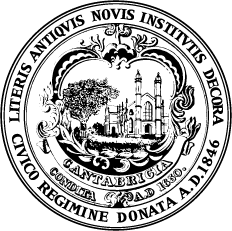Citywide greenhouse gas emissions
Description
Cambridge is working to reduce greenhouse gas emissions to limit the city’s impact on climate change. This indicator demonstrates the City’s efforts to mitigate greenhouse gas emissions.
The chart shows Citywide greenhouse gas emissions from energy use in the equivalent million metric tons of CO2.
Data Source
GHG Inventory data is collected and analyzed from a number of different sources including Eversource, the Massachusetts Registry of Motor Vehicles, the Massachusetts Bay Transportation Authority, and the Cambridge Department of Public Works.
Methodology
The GHG Inventory covers the geographic boundary of Cambridge and includes emissions from three sectors: Buildings and Energy, Transportation, and Waste. Each sector has different ways in which emissions are calculated and each sector is informed by different data sources. The scopes of the inventory are:
- sources located within the geographic boundary of the city (scope 1),
- emissions associated with the use of grid-supplied electricity within the geographic boundary of the city (scope 2),
- and emissions occurring outside the geographic boundary of the city as a result of activity happening within the geographic boundary of the city (scope 3).
Each sector differs with how data is collected and how emissions are calculated, however, the basic calculation is:
Activity Data (unit) x Emission Factor (MTCO2e / unit) = Emissions (MTCO2e)
The exact equation may vary due to the activity data and emissions factors available for the activity
MTCO2e = metric tonnes of CO2 equivalent, a unit used to compare emissions from different sources of greenhouse gases
Indicator
Citywide greenhouse gas emissions
Baseline
1.308 Equivalent in million metric tons of CO2
Target
0.77 Equivalent in million metric tons of CO2


